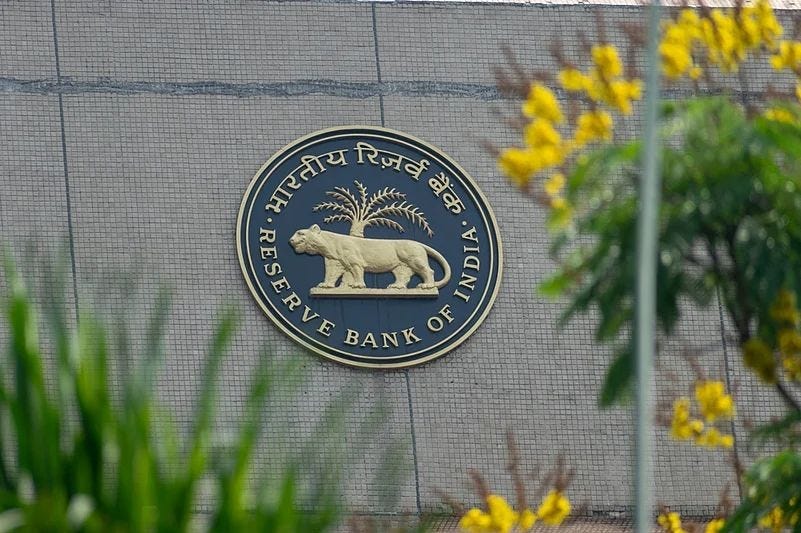RBI Finalises Investment Norms for Regulated Entities in AIFs – July 29, 2025 Circular Explained
The Reserve Bank of India (RBI) has officially issued its final directions governing how banks, NBFCs, and other regulated entities (REs) can invest in Alternative Investment Funds (AIFs).
This comes after two circulars released in December 2023 and March 2024 introduced significant compliance hurdles for AIF managers and bank investors. The final directions, now titled Reserve Bank of India (Investment in AIF) Directions, 2025, will come into effect from January 1, 2026 (or earlier, if adopted voluntarily by an RE).
👉 Circular Ref: DOR.STR.REC.43/21.04.048/2025-26
📅 Date: July 29, 2025
🔗 Official Circular Link
🔍 What Do the Final Directions Say?
✅ Who is Covered?
Applicable to the following REs:
Commercial Banks (including SFBs, LABs, RRBs)
Co-operative Banks (Urban, State, Central)
All-India Financial Institutions
NBFCs, including Housing Finance Companies
🧾 Key Provisions at a Glance
1. Investment Limits
A single RE cannot invest more than 10% of the AIF scheme's corpus.
Collective investment by all REs in a scheme is capped at 20% of its corpus.
2. Debtor Company Provisioning
If an AIF invests (non-equity) in a debtor company of the RE, and the RE's AIF exposure exceeds 5%, then the RE must:
Fully provision for its proportionate exposure to the debtor company via the AIF.
Provisioning is capped at the RE’s direct exposure to the debtor.
3. Capital Deduction for Subordinated Units
If the RE invests in subordinated units of an AIF, the entire investment must be deducted from its capital funds (Tier 1 and Tier 2).
4. Governance Norm
All REs must frame internal policies for AIF investments, aligned with SEBI norms, investor due diligence, and RBI guidelines.
🧯 Exemptions & Transitional Relief
🔹 Exemptions
Past investments with RBI approval under the 2016 Master Direction are grandfathered — not subject to 10%/20% limits.
RBI may exempt specific AIFs from compliance (except for governance norms).
🔹 Transition
Investments made before January 1, 2026 can continue under either the old circulars (Dec 2023 & Mar 2024) or the new Directions — but not a mix.
If a RE has already honoured its full commitment to an AIF by July 29, 2025, it stays under the old rules.
🧩 Why It Matters for AIFs and Investors
The Directions continue RBI’s cautious approach to prevent evergreening of loans via AIFs and reduce indirect exposure risks. However, the clarity on provisioning thresholds, capital treatment, and grandfathering is likely to aid both AIF sponsors and bank treasuries in managing exposure with greater regulatory certainty.
For AIF managers, it's now critical to:
Monitor which investors are REs,
Track downstream investments in debtor companies,
Structure schemes with provisioning-friendly instruments, especially for RE investors.



